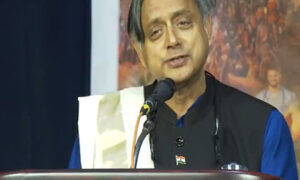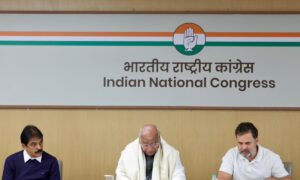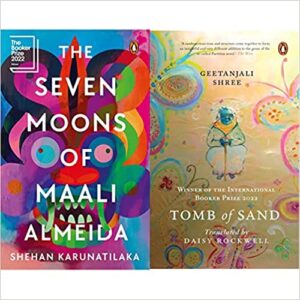
As the year 2022 comes to an end . There are some books which made the headlines and aroused interest among the readers to buy them. Here are the list of top 5 Books of the year gone by .
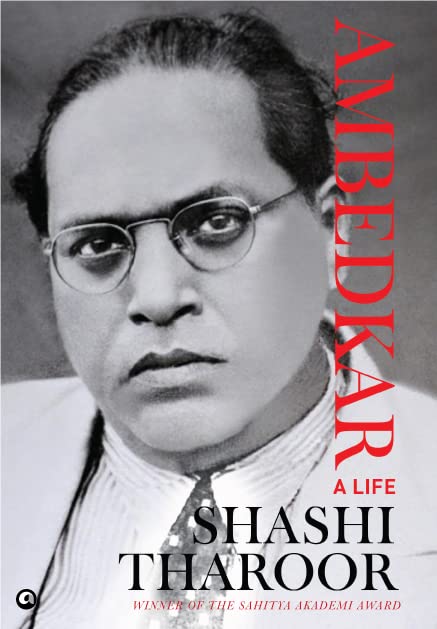
1. AMBEDKAR – A LIFE By SHASHI THAROOR
Babasaheb Bhimrao Ramji Ambedkar, MA, MSc, PhD, DSc, DLitt, Bar-at-Law, is today among the most revered of Indians, his statues across the country second only in number to those of Mahatma Gandhi. He even overtook Gandhi in a recent poll to determine the ‘greatest Indian’ of modern times, in which over 20 million votes were cast. All the major political parties vie with one another to claim him as their own. To the Dalits, he is a revered figure who was chiefly responsible for outlawing untouchability and fighting to give dignity to the community. And, most of all, he is hailed as the father of India’s Constitution, the principal reason why India continues to remain a democracy with liberal, secular, plural values (although all these are under siege at the present time) that seeks to uphold the rights of the individual and uplift the downtrodden. Writes Shashi Tharoor: ‘Dr Ambedkar’s greatness cannot be reduced to any one of [his] accomplishments, because all were equally extraordinary.’
In this new biography, Tharoor tells Ambedkar’s story with great lucidity, insight, and admiration. He traces the arc of the great man’s life from his birth into a family of Mahars in the Bombay Presidency on 14 April 1891 to his death in Delhi on 6 December 1956. He describes the many humiliations and hurdles Ambedkar had to overcome in a society that stigmatized the community he was born into, and the single-minded determination with which he overcame every obstacle he encountered. We are given insights into the various battles Ambedkar fought to make untouchability illegal, his disputes with the other political and intellectual giants of his era, including Gandhi and Nehru, and his determination to invest India with a visionary Constitution that enshrined within it the inalienable rights of the individual and modern conceptions of social justice. ‘In so doing,’ writes Tharoor, ‘he transformed the lives of millions yet unborn, heaving an ancient civilization into the modern era through the force of his intellect and the power of his pen.’
Deeply researched, searching, and insightful, Ambedkar: A Life offers readers a fresh and profound understanding of one of the greatest Indians who ever lived.
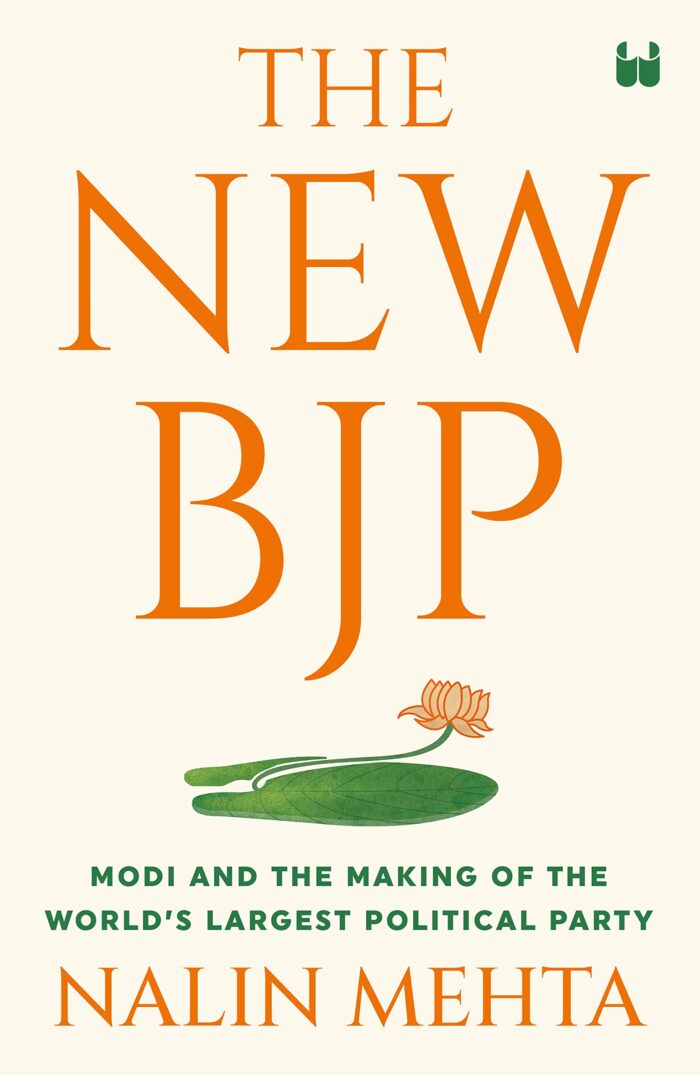
2. THE NEW BJP: MODI AND THE MAKING OF THE WORLDS LARGEST POLITICAL PARTY – By NALIN MEHTA
In election after election since 2014, both at the Union and state levels, the BJP has won more elections than it has lost—a clear indication of growth beyond its core Hindu base. The question is, why do so many people across divisions of caste, religion and gender vote for a party with unapologetically aggressive Hindutva politics? Are its much-publicised development schemes, whatever their flaws, the big pull factor? Or the active mobilisation of the RSS cadre to its cause? In this fascinating revisionist history, political scientist and journalist Nalin Mehta examines how the BJP became the world’s largest political party. He goes beyond the usual narrative of the party’s Hindutva politics to explain how, under Narendra Modi, it reshaped the Indian polity using its own brand of social engineering. This reconstruction was cleverly powered by new caste coalitions, the claim of a new welfare state that focused on marginalised social groups and the making of a women voter base.
Based on data from three unique indices—the Mehta–Singh Social Index, which studies the caste composition of Indian political parties; the Narad Index, which calculates communication patterns across topics and audiences; and Poll Niti, which connects and tallies hundreds of political and economic datasets—The New BJP’s full of startling insights into the way both the party and the country function. Previously untapped historical records, exclusive interviews with party leaders and comprehensive reportage from across India provide a fresh understanding of the BJP’s growth areas, including the Northeast, women voters and South India. A lucid and objective study of the BJP and India today, this is a book that demands engagement and debate from every side of the political divide.
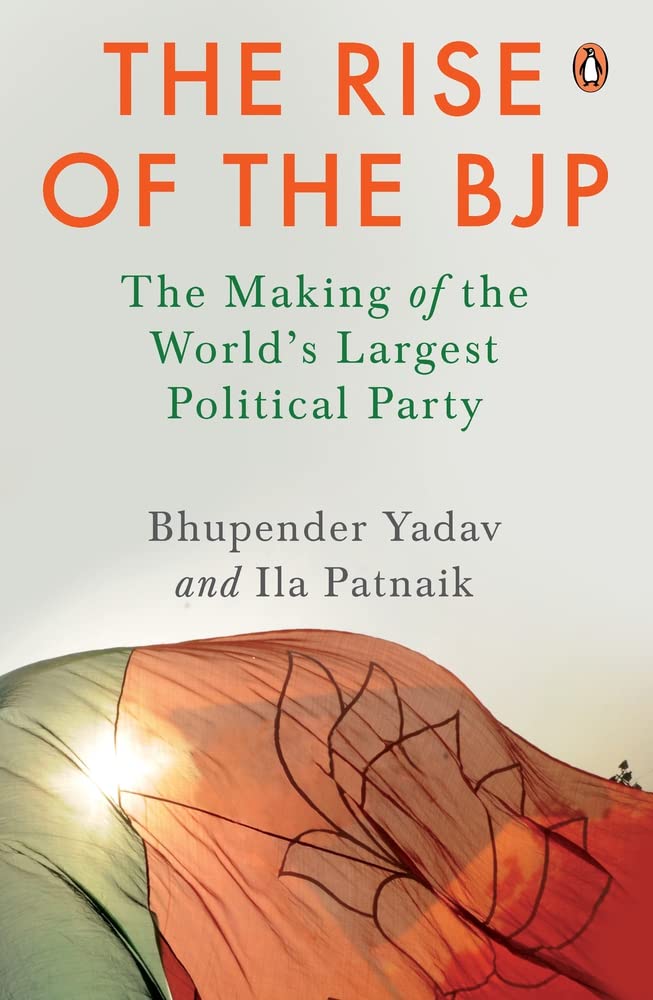
3. The Rise of the BJP: The Making of the World’s Largest Political Party – By BHUPENDER YADAV & ILLA PATNAIK
The Bharatiya Janata Party is an idea that was seeded into the minds of nationalist Jana Sangh leaders when they began to envision India after Independence. Much like the very core the freedom struggle was built on, they saw India as a demographically, culturally and historically cohesive and unified nation – as Bharat.In this book, senior BJP leader and cabinet minister Bhupender Yadav and leading economist Ila Patnaik come together to trace the BJP’s journey from its humble roots, through ups and downs and to eventually getting 303 seats in Lok Sabha in 2019 and becoming the world’s largest political party. While focusing on the larger economics and political story, the book encapsulates many smaller, yet hugely significant stories of individuals and incidents, which brought the BJP to where it stands now.For the first time ever, The Rise of the BJP, tells us the inside story of how one of the most powerful political parties makes decisions, implements ideas and executes policy. Meticulously researched and immensely readable, the book shows us how the BJP fought competing ideologies, political assaults and catapulted to the centre stage of national politics.
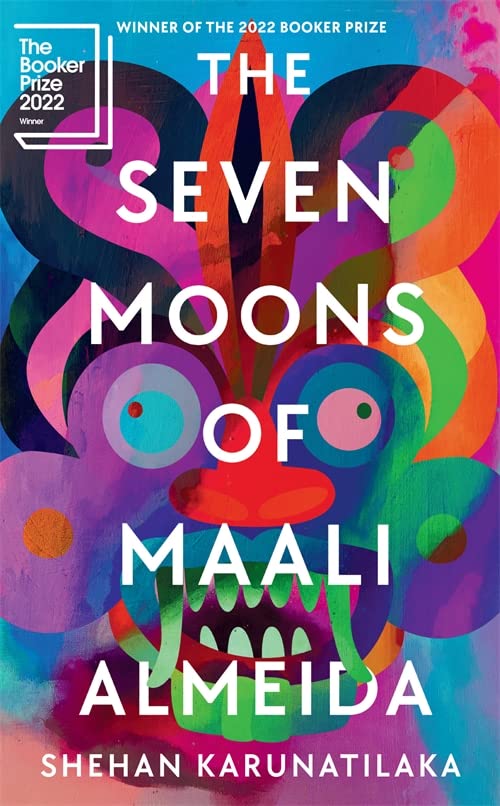
4. SEVEN MOONS OF MAALI ALMEIDA , The: WINNER OF THE 2022 BOOKER PRIZE By SHEHAN KARUNTILAKA
A searing satire set amid the murderous mayhem of Sri Lanka beset by civil war
Colombo, 1990. Maali Almeida, war photographer, gambler and closet gay, has woken up dead in what seems like a celestial visa office. His dismembered body is sinking in the Beira Lake and he has no idea who killed him. At a time when scores are settled by death squads, suicide bombers and hired goons, the list of suspects is depressingly long, as the ghouls and ghosts who cluster around him can attest. But even in the afterlife, time is running out for Maali. He has seven moons to try and contact the man and woman he loves most and lead them to a hidden cache of photos that will rock Sri Lanka. Ten years after his prizewinning novel Chinaman established him as one of Sri Lanka’s foremost authors, Karunatilaka is back with a rip-roaring epic, full of mordant wit and disturbing truths.
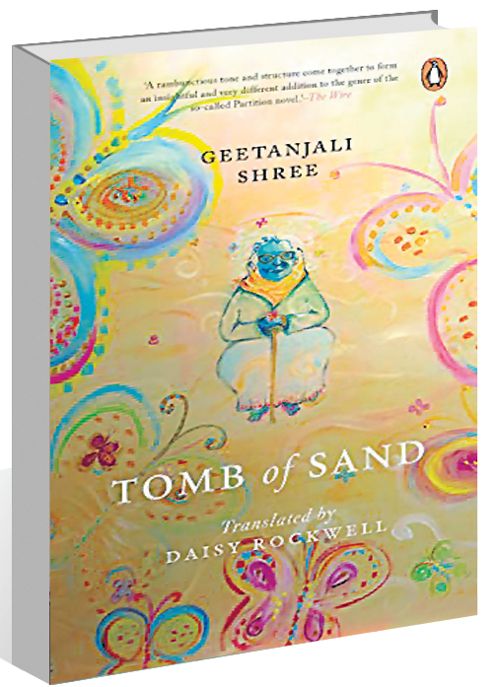
5. TOMB OF SAND – GEETANJALI SHREE & DAISY ROCKWELL
WINNER OF THE INTERNATIONAL BOOKER PRIZE 2022 Winner of an English Pen Award In northern India, an eighty-year-old woman slips into a deep depression after the death of her husband, and then resurfaces to gain a new lease on life. Her determination to fly in the face of convention – including striking up a friendship with a transgender person – confuses her bohemian daughter, who is used to thinking of herself as the more ‘modern’ of the two. To her family’s consternation, Ma insists on travelling to Pakistan, simultaneously confronting the unresolved trauma of her teenage experiences of Partition, and re-evaluating what it means to be a mother, a daughter, a woman, a feminist. Rather than respond to tragedy with seriousness, Geetanjali Shree’s playful tone and exuberant wordplay results in a book that is engaging, funny, and utterly original, at the same time as being an urgent and timely protest against the destructive impact of borders and boundaries, whether between religions, countries, or genders.
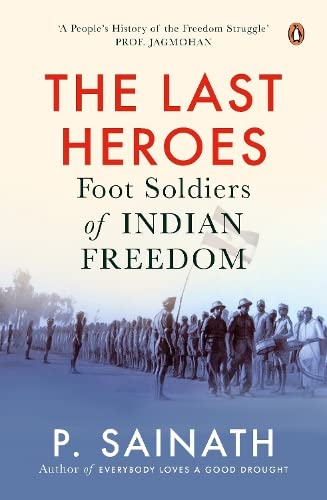
6. THE LAST HEROES – Footsoldiers of Indian Freedom – By P SAINATH
So who really spearheaded India’s Freedom Struggle? Millions of ordinary people-farmers, labourers, homemakers, forest produce gatherers, artisans and others-stood up to the British. People who never went on to be ministers, governors, presidents, or hold other high public office.
They had this in common: their opposition to Empire was uncompromising.
In The Last Heroes, these footsoldiers of Indian freedom tell us their stories. The men, women and children featured in this book are Adivasis, Dalits, OBCs, Brahmins, Muslims, Sikhs and Hindus. They hail from different regions, speak different languages and include atheists and believers, Leftists, Gandhians and Ambedkarites.
The people featured pose the intriguing question: What is freedom? They saw that as going beyond Independence. And almost all of them continued their fight for freedoms long after 1947.
The post-1947 generations need their stories.
To learn what they understood. That freedom and independence are not the same thing. And to learn to make those come together.
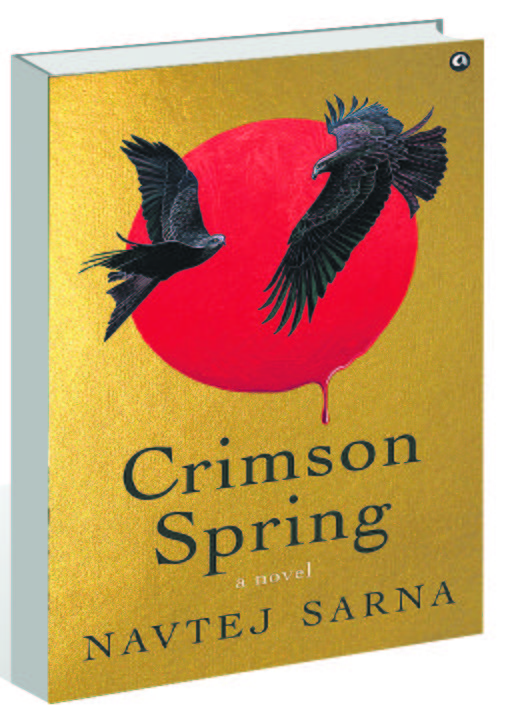
7. CRIMSON SPRING – NOVEL By NAVTEJ SARNA
On 13 April 1919, about twenty-five thousand unarmed Indians had gathered in Jallianwala Bagh in Amritsar, an open area enclosed by the high walls of flat-roofed houses in a densely populated part of the city. Many of those in the crowd were listening to speakers denouncing the iniquities of the Rowlatt Act, which had recently been imposed on the country by the British, while others, including several children, were simply there to rest, relax, and catch up with friends. A little after five in the evening, a detachment of soldiers, led by Brigadier General R. E. H. Dyer, entered the Bagh. Without warning the crowd to disperse, Dyer ordered his troops to open fire. At least 1,650 rounds were fired. Several hundred died and several hundred more were injured. The massacre was universally condemned by all Indians and even shocked many Britons, who thought it one of the worst outrages in all of British history.
In this masterpiece, Navtej Sarna brings the horror of the atrocity to life by viewing it through the eyes of nine characters—Indians and Britons, ordinary people and powerful officials, the innocent and the guilty, whose lives are changed forever by the events of that fateful day. Set against the epic backdrop of India’s freedom struggle, World War I, and the Ghadar movement, Crimson Spring is not just a powerful, unsettling look at a barbarous act, but also a wider meditation on the costs of colonialism and the sacrifices and heroism of ordinary men and women at a time of great cruelty and injustice. It is a book that will leave no reader unmoved or unchanged.
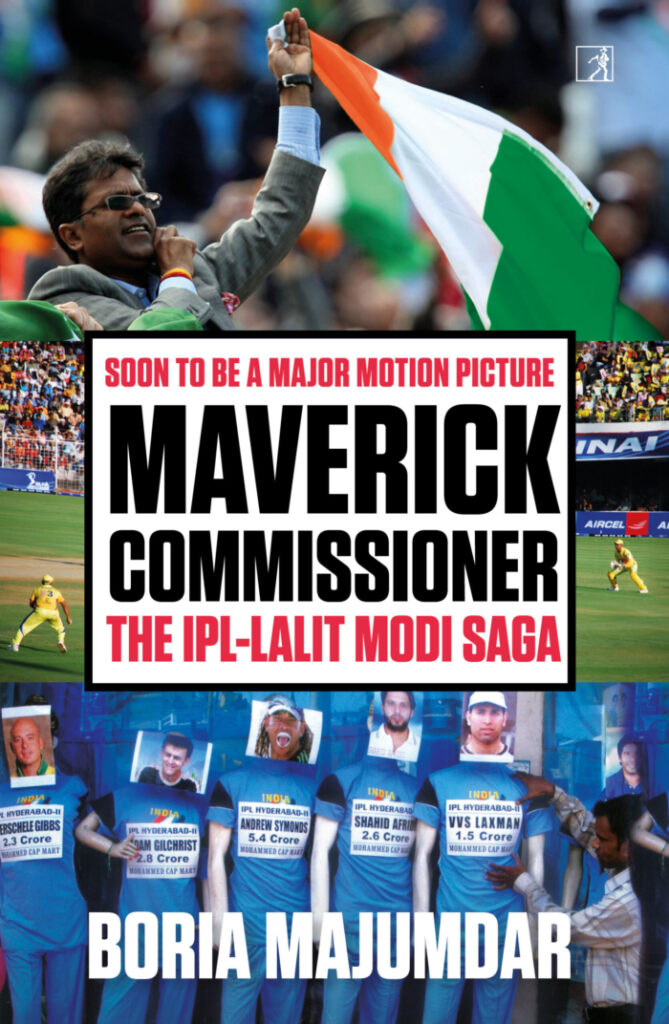
8. MAVERICK COMMISSIONER THE LALIT MODI SAGA By BORIA MAJUMDAR – SOON TO BE A MAJOR MOTION PICTURE
The Indian Premier League. Its mere mention forces cricket fans across the world to sit up and take notice. World cricket’s most valued property has only grown stronger with time. Conceived and implemented by Lalit Modi in 2008, the IPL has forever revolutionised the way cricket is marketed and run globally. Modi had built and orchestrated the tournament by his own rules and after the stupendous success of the IPL, the same rules were questioned by the administration. Modi was subsequently banned for life.
How and why did it happen? What went on behind the scenes? How did it all start to go wrong between Modi and the others? Are there secrets that will never come out? This book is all about everything you never got to know. Each fact corroborated by multiple sources who were in the thick of things, Maverick Commissioner is a riveting account of the IPL and the functioning of its founder, Lalit Kumar Modi. Did Modi have a long telephone conversation with a BCCI top brass the day he left India for good? What really was discussed? Is Lalit Modi the absent present for the IPL and Indian cricket?
Soon to be made into a film by Vibri Motion Pictures, Maverick Commissioner documents things exactly as they happened. No holds barred and no questions left out. It doesn’t judge Lalit Modi. All it does is narrate his story. Who is the real Lalit Modi? Let the readers decide.
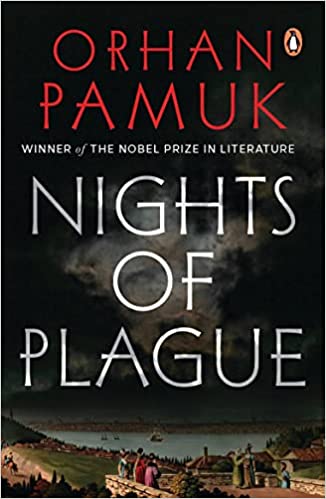
9. NIGHTS OF PLAGUE – By ORHAN PAMUK
It is April 1900, in the Levant, on the imaginary island of Mingheria-the twenty-ninth state of the Ottoman Empire-located in the eastern Mediterranean between Crete and Cyprus. Half the population is Muslim, the other half are Orthodox Greeks, and tension is high between the two. When a plague arrives-brought either by Muslim pilgrims returning from the Mecca or by merchant vessels coming from Alexandria-the island revolts.
To stop the epidemic, the Ottoman sultan Abdul Hamid II sends his most accomplished quarantine expert to the island-an Orthodox Christian. Some of the Muslims, including followers of a popular religious sect and its leader Sheikh Hamdullah, refuse to take precautions or respect the quarantine. And then a murder occurs.
As the plague continues its rapid spread, the Sultan sends a second doctor to the island, this time a Muslim, and strict quarantine measures are declared. But the incompetence of the island’s governor and local administration and the people’s refusal to respect the bans doom the quarantine to failure, and the death count continues to rise. Faced with the danger that the plague might spread to the West and to Istanbul, the Sultan bows to international pressure and allows foreign and Ottoman warships to blockade the island. Now the people of Mingheria are on their own, and they must find a way to defeat the plague themselves.
Steeped in history and rife with suspense, Nights of Plague is an epic story set more than one hundred years ago, with themes that feel remarkably contemporary.
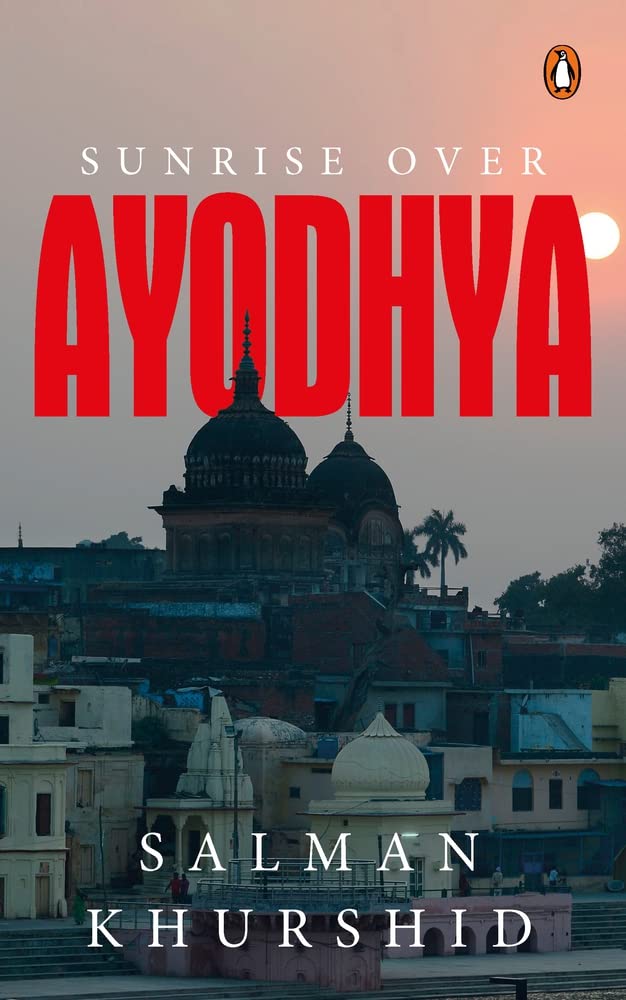
10. SUNRISE OVER AYODHYA – By SALMAN KHURSHID
On 9 November 2019, the Supreme Court, in a unanimous verdict, cleared the way for the construction of a Ram temple at the disputed site in Ayodhya. As we look back, we will be able to see how much we have lost over Ayodhya through the years of conflict. If the loss of a mosque is preservation of faith, if the establishment of a temple is emancipation of faith, we can all join together in celebrating faith in the Constitution. Sometimes, a step back to accommodate is several steps forward towards our common destiny.Through this book, Salman Khurshid explores how the greatest opportunity that the judgment offers is a reaffirmation of India as a secular society.
[the_ad id=”55724″]


